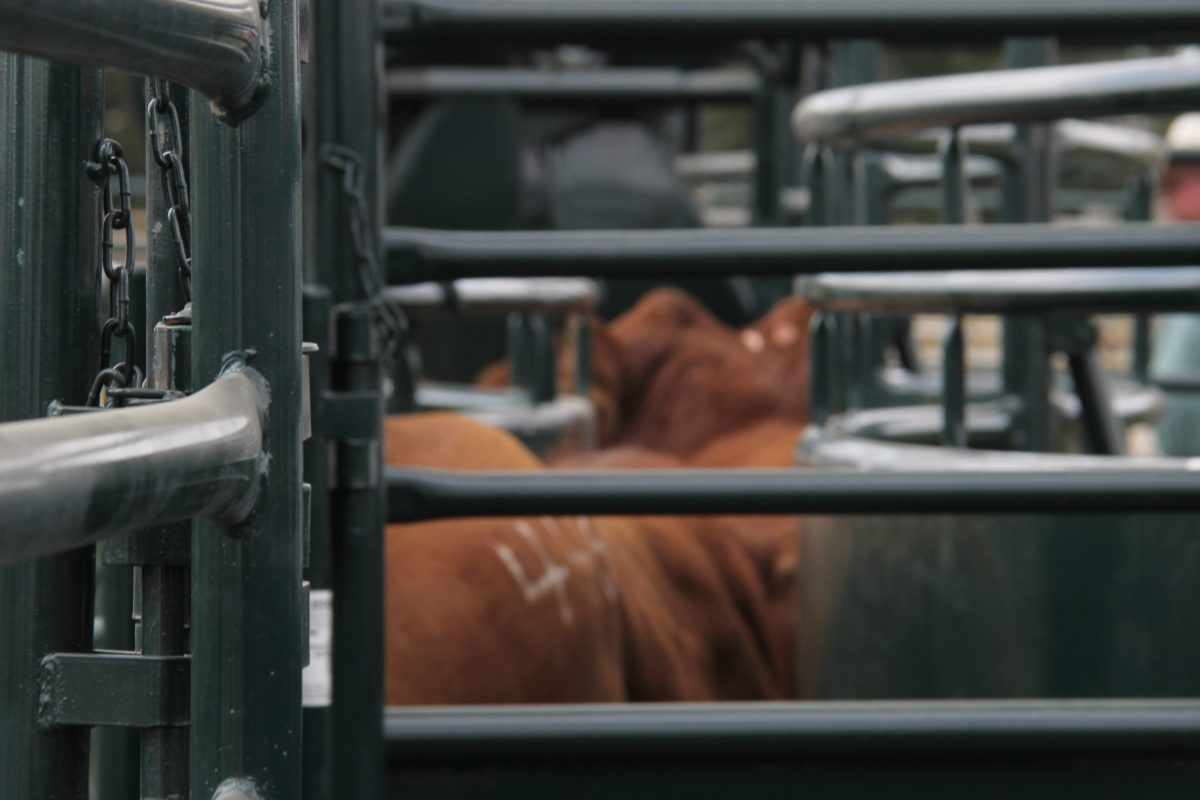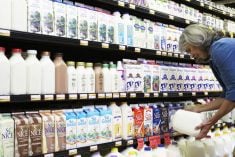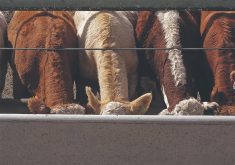The Canadian Food Inspection Agency has reported that it cannot confirm a link between Canadian cases of porcine epidemic diarrhea virus and feed containing porcine blood plasma.
Scientific testing of feed pellets containing U.S. origin porcine blood plasma was conducted by the CFIA after a link was established between 18 of Ontario’s 24 cases of PED and a certain type of feed.
“The study demonstrated that the porcine blood plasma in question contained PED virus capable of causing disease in pigs. However, the study could not demonstrate that the feed pellets containing the blood plasma were capable of causing disease,” said the CFIA in a news release.
Read Also

U.S. livestock: Feeders continue to fall; live cattle level out
Chicago live cattle futures leveled out to finish on either side of unchanged, Tuesday, after days of precipitous declines. Feeders…
The pellets in question, distributed by Grand Valley Fortifiers of Cambridge, Ont., were voluntarily recalled by the company on Feb. 9.
The CFIA said it will continue to analyze feed and feed ingredients and explore “any new lines of enquiry related to feed that may emerge.”
Tests of various other feeds and ingredients have so far proven negative for the virus.
PED is a coronavirus that is deadly to piglets, although older animals can develop immunity once exposed. The virus poses no risk to humans or to other animals.
As of March 3, Canada had confirmed 27 cases. Hog producers in the U.S. have lost millions of piglets on thousands of farms since PED was first diagnosed there in April 2013.















